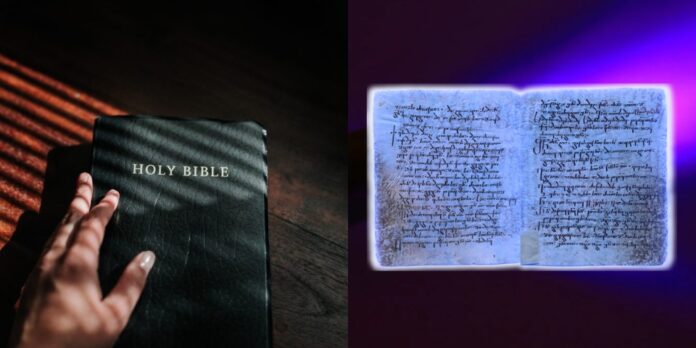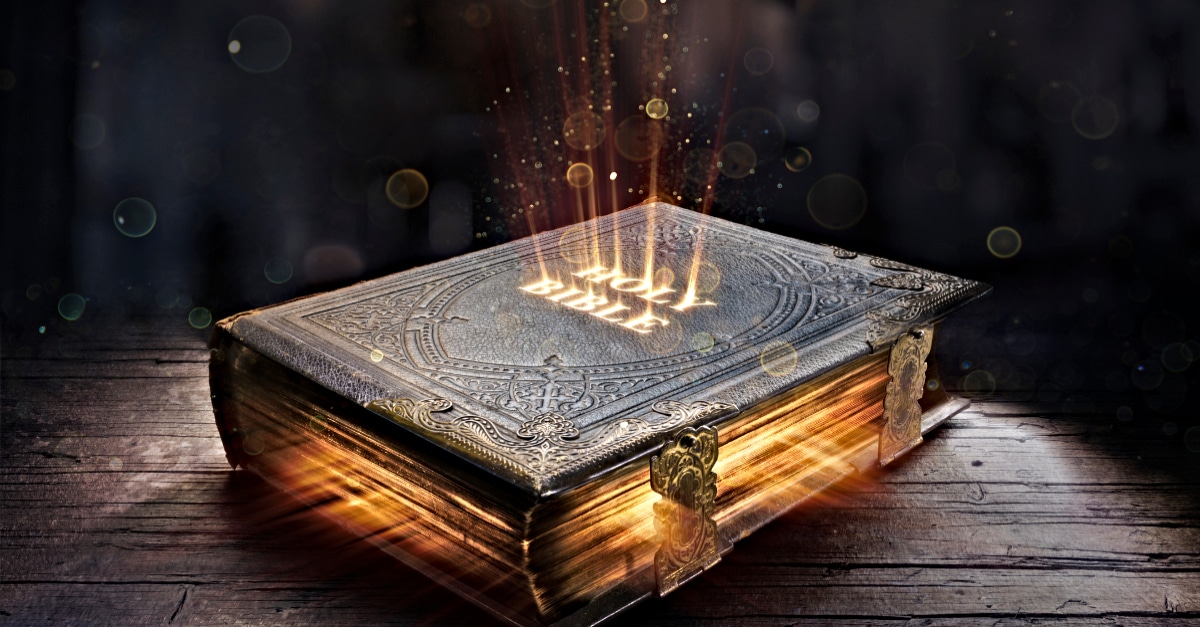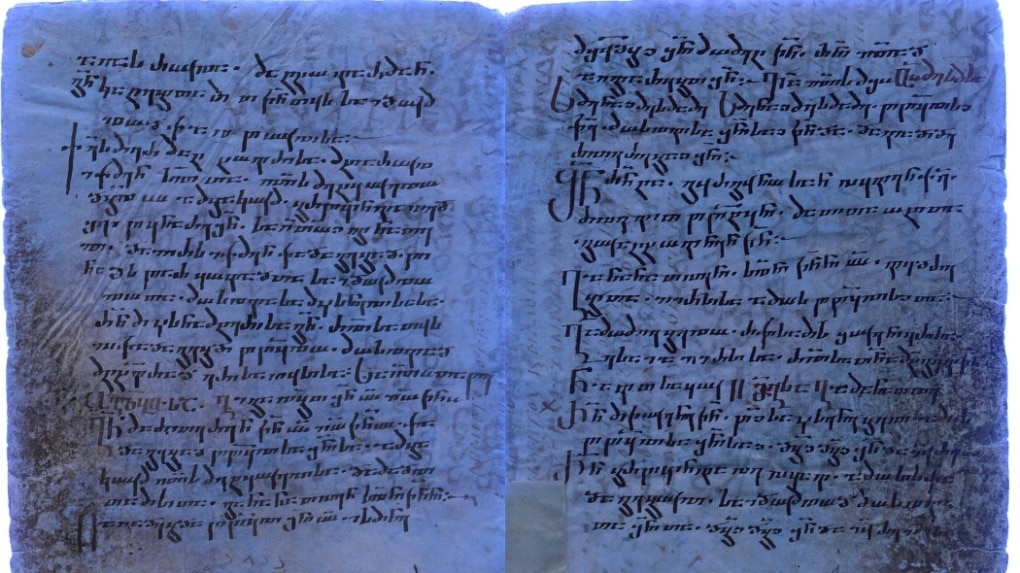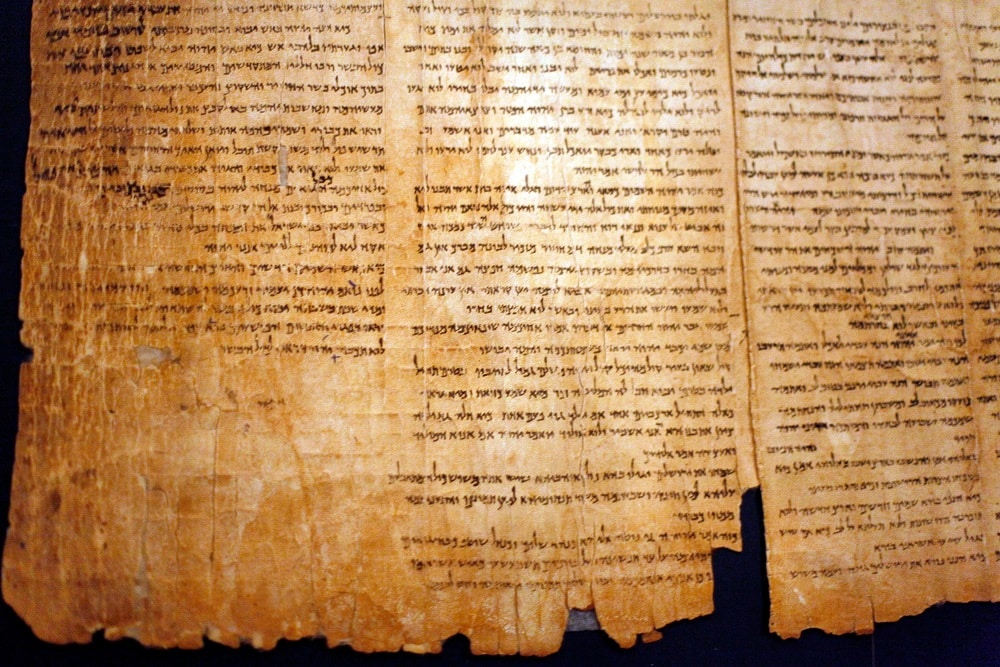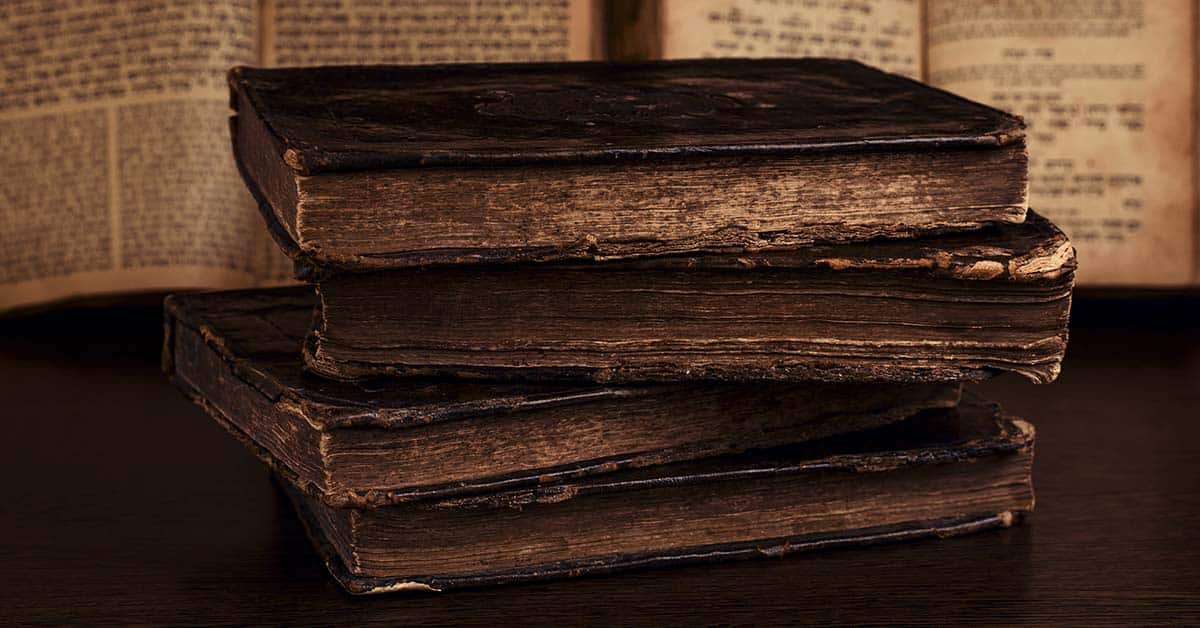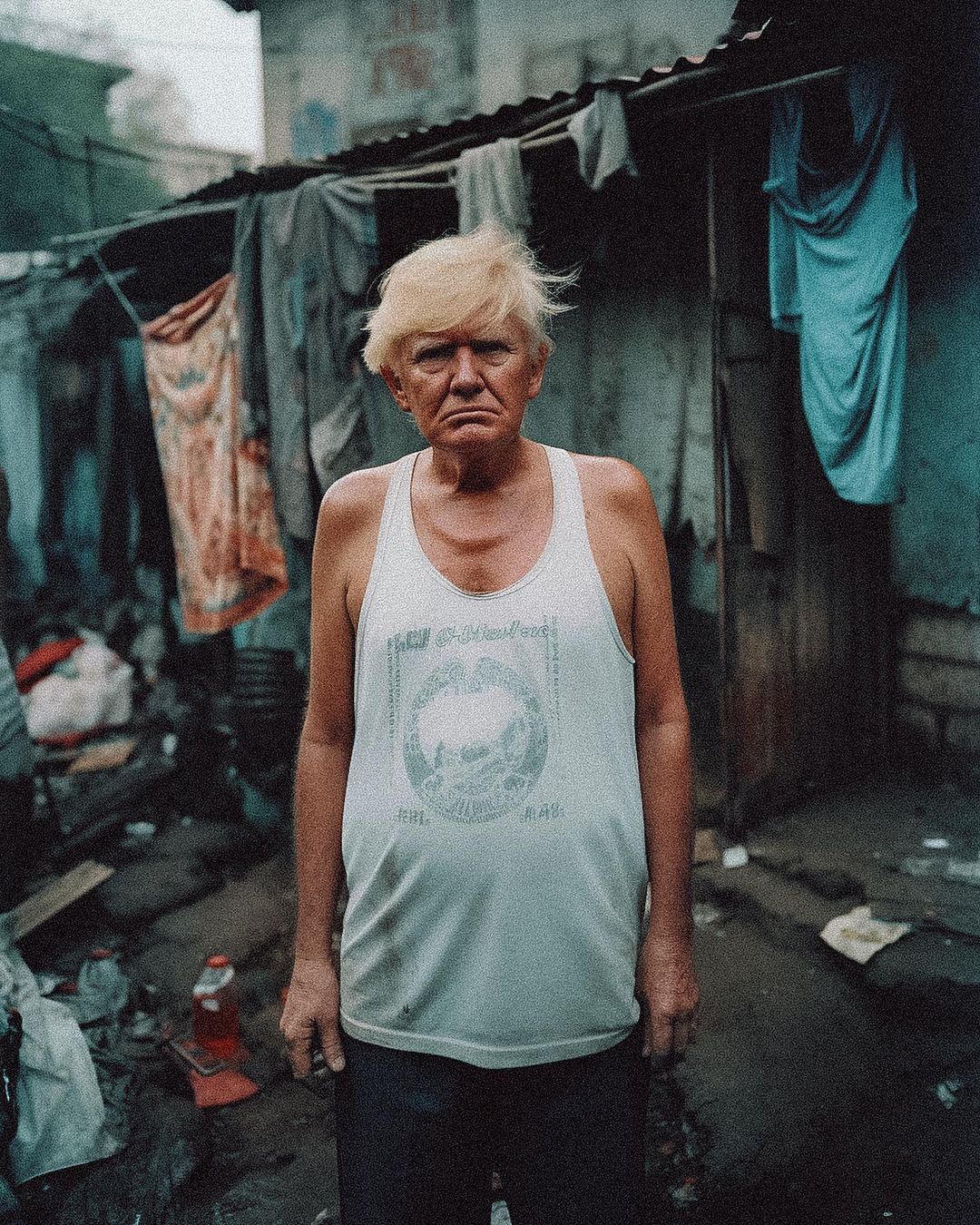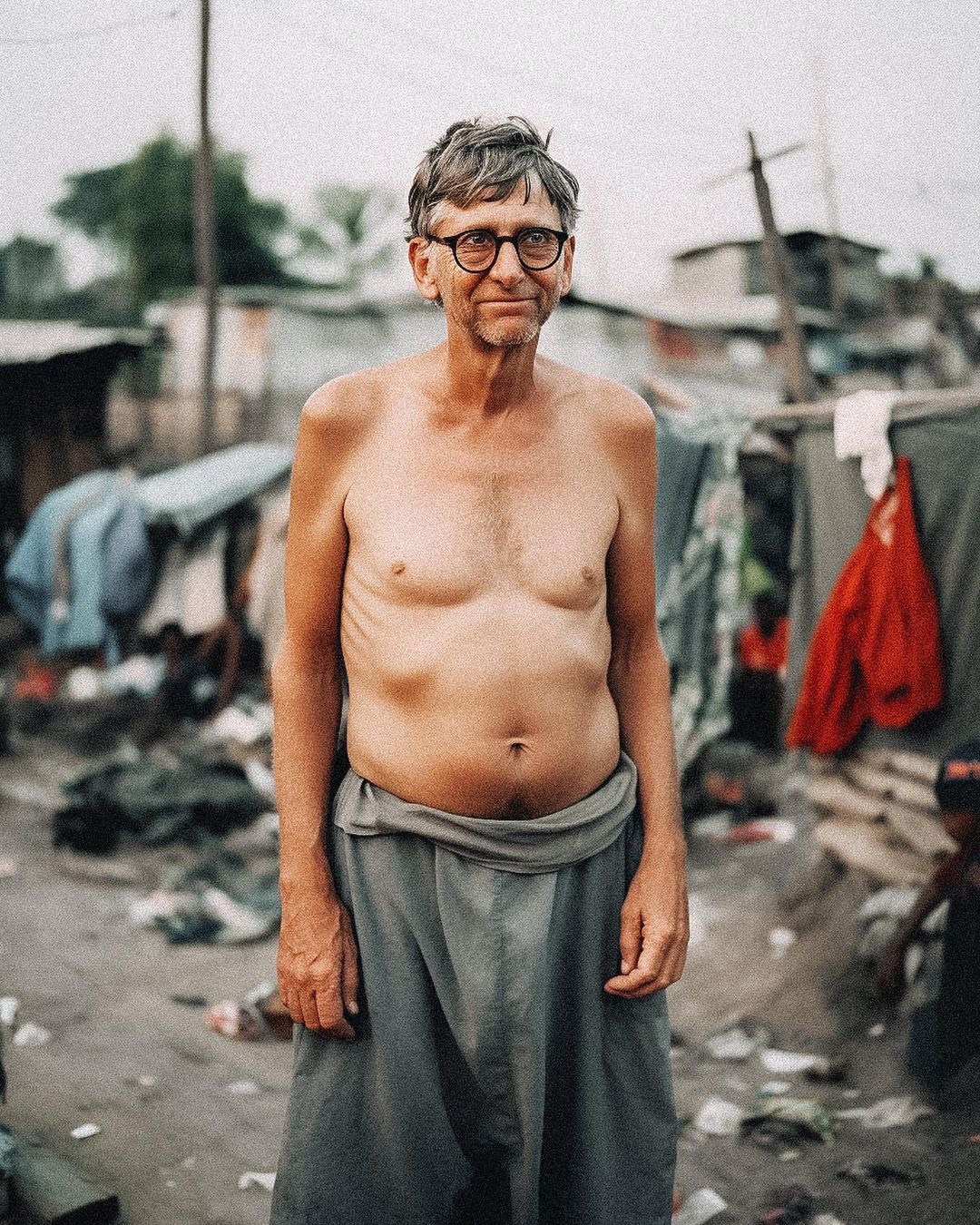Grigory Kessel, a renowned Medievalist, has unearthed the manuscript, thus necessitating an extensive reappraisal of biblical translations and significantly augmenting academic comprehension of ancient scriptural narratives.
Creating History
The new Bible chapter is one of just four examples of the Old Syriac translation that still exists. The old language is an Aramaic dialect that originated in modern-day Southeastern Turkey. The first recorded usage of the language on material other than stone dates back to 243 B.C. With so few examples of this language available, it’s no surprise that the new Bible chapter has gotten a lot of attention.
A new Bible chapter has been discovered.
Nearly 2,000 years ago, the Bible was written. A speck in the scientific theory of humanity that dates back to the Neanderthals. The newly discovered Bible chapter, on the other hand, is an essential part of history. The missing chapter is supposed to be an interpretation of Matthew Chapter 12, which deals with Jesus’ ministry in the Sea of Galilee. He traveled there several times and delivered God’s message.
A palimpsest is a new Bible chapter in which one layer of text is hidden by another layer of text. This is because parchment paper is in short supply. On some occasions, the paper was reused numerous times to produce difficult-to-decipher layers of text.
Who Found the New Bible Chapter?
Grigory Kessel is an Austrian Academy of Sciences Medievalist. With a little hard effort and attention, he was able to unearth such an important piece of history. Now available in New Testament Studies. “Until recently, there were only two manuscripts known to contain the Old Syriac translation of the Gospels,” he said. Another palimpsest known as the “Sinai Palimpsests Project,” located in St. Catherine’s Monastery on Mt. Sanai, is among the other three examples of the Old Syriac text.
The Prestigious Residency of a New Bible Chapter
Kessel’s discoveries are now kept in the Vatican Library and are thought to have been translated from 3rd century text and copied in the 6th century. Other parts of the original New Testament contain writings from the third century, but they are incomplete. The Greek Codex Sinaiticus, which dates from the sixth century, is the only known complete manuscript. As a result, scientists assume that the new Bible chapter follows the same timeline. “Despite the limited number of dated manuscripts from this period, comparison with dated Syriac manuscripts allows us to narrow down a possible time frame to the first half of the sixth century,” the researchers noted.
Superiors have recognized you.
“Grigory Kessel has made a great discovery thanks to his profound knowledge of old Syriac texts and script characteristics,” stated Claudia Rapp, director of AAoS’s Institute for Medieval Research. “This discovery demonstrates how productive and important the interaction between modern digital technologies and basic research can be when dealing with medieval manuscripts,” Rapp said. “This discovery demonstrates how fruitful and significant the interaction between modern digital technologies and basic research can be when dealing with medieval manuscripts,” she said.
Textual Differences Worth Noting
Kessel knew it had to be something extraordinary when he made the incredible find. Although he had no idea how wonderful he was at the time. His next step after making the finding would be to analyze and evaluate it, which he did using ultraviolet photography. Surprisingly, the new Bible chapter constitutes one of history’s oldest translations of the Gospels. The new Bible chapter is expected to answer a variety of questions, including how to distinguish between translated content.
Over the decades, researchers have relied on two key works for reference. The first is the Septuagint, or Greek version, while the second is the Masoretic version. The new Bible chapter is thought to be part of the Old Syriac Language, which originated, as previously stated, somewhere in modern-day Turkey. As a result of Turkey’s rich history, which includes sovereignty under the Roman empire, Greek translations are more likely to be accurate representations of the original text than, say, the King’s James Version. For the time being, though, this is all conjecture. Scientists are still striving to analyze and translate the new Bible chapter’s texts.


